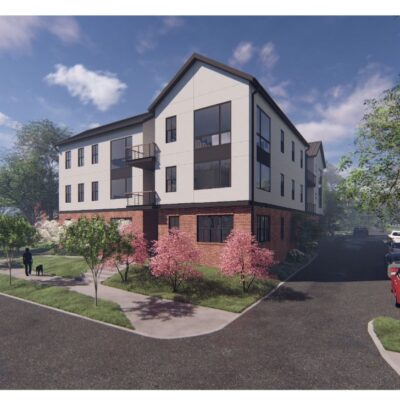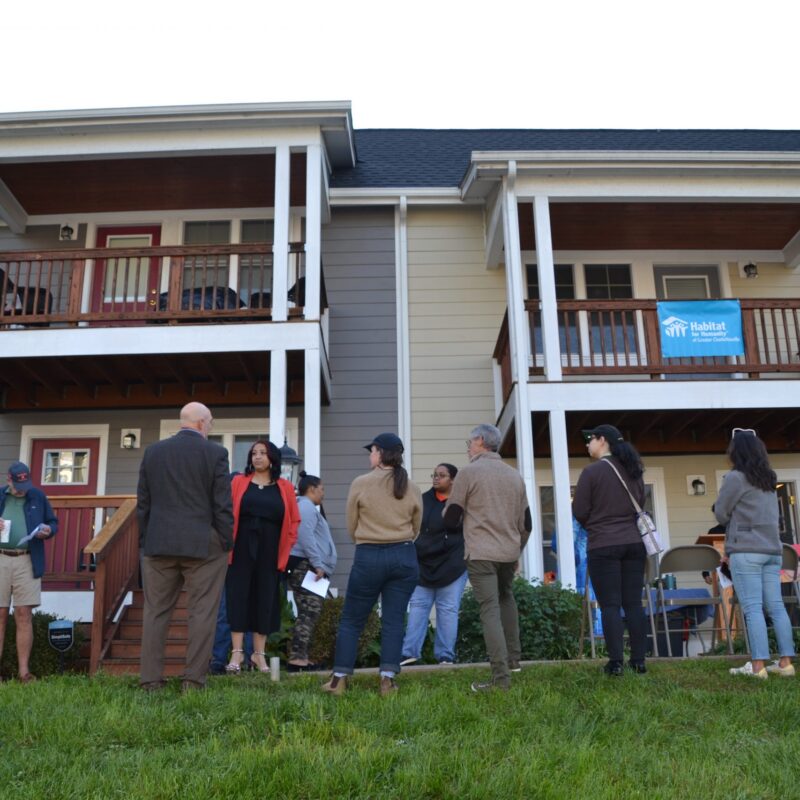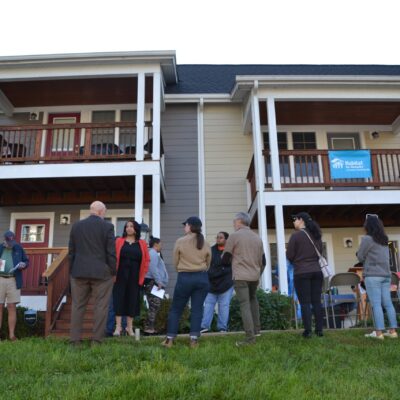
Last week the Supreme Court announced that it will hear arguments in a set of cases regarding racially conscious admissions policies in public elementary and secondary schools. It could be the most important ruling on race integration since Brown v. Board of Education—a decision that eventually led to the period known as Massive Resistance, when local leaders closed Charlottesville’s public schools for several years rather than integrate. The cases that the nation’s highest court will hear involve public school systems in Seattle and Louisville, Kentucky—both of which consider minority target numbers in admissions decisions for purposes of achieving racial diversity. Local legal expert Dahlia Lithwick, who covers law for Slate, says the decision to hear the case signals the change in the guard, specifically the appointment of John G. Roberts as Chief Justice and the replacement of centrist Justice Sandra Day O’Connor with “constitutional conservative” Samuel Alito.
The court’s announcement comes only three years after it upheld the University of Michigan Law School’s policy of using race as a “plus” in admissions decisions. Even more confusing is the fact that, several times in recent memory, the court has declined to review enrollment policies almost identical to those in Seattle and Louisville. Why the change of heart? It’s hard to tell, but legal scholars will surely slice and dice the distinctions between Michigan and the new cases: higher education versus third grade, race as numerical target versus race as factor.
“O’Connor was the linchpin,” says Lithwick. “Not only because she was the crucial fifth vote in the Michigan case and authored the opinion, but because she was the only proponent of diversity as a rationale for affirmative action. Without her, the whole doctrine unravels.”
A reversal of the diversity rationale would likely eviscerate lingering desegregation efforts in public schools across the country. What would that mean locally, particularly in light of Charlottesville’s tarnished segregationist past and decision to close its schools in 1958 in the wake of Brown? “Not much, initially,” says Ned Michie, a member of the Charlottesville School Board. That’s because—unlike the schools currently before the court—Charlottesville’s public schools don’t allow students to apply to the school of their choice. Students simply go to the school in their district. But Michie notes that other local issues, such as redistricting for purposes of balancing the socio-economics of neighborhood schools, come up “periodically” before the board, and do implicate race. Cases like these, it’s safe to say, could be impacted quite seriously by the Supreme Court’s decision.—Katherine Ludwig





